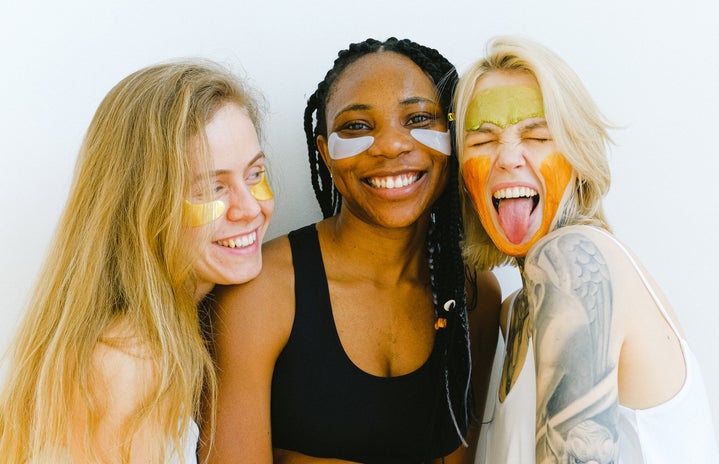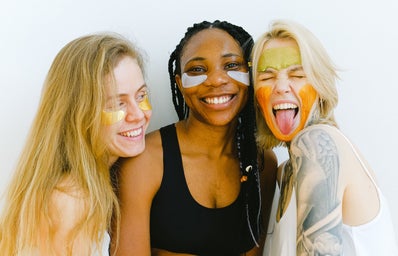It seems that everywhere I look, whether it be Instagram, TikTok or Twitter, anti-aging
skincare routines dominate my feed. However, rather than these routines being
shown by people over 21 as you would expect, it seems that young girls, especially
preteens are overtaking the anti-aging skincare trends, promoting products made for
skin much older than theirs, with the use and promoting of products such as retinol
and anti-aging sun creams. But why?
What bought about the sudden interest?
Skincare products such as serums, toners and anti -aging creams have always
been an essential part of women’s beauty regimes, especially as women grow older.
But what has bought about the obsession by preteens? Skin does not need anti-
aging products until the age of 21, and according to dermatologists, many
ingredients in anti-aging products, such a strong acids and retinols are inappropriate
for young skin.
It is clear that social media is a large culprit in causing the growing use of such
products. Platforms such as Instagram, and especially TikTok have become a
breeding ground for influences promoting their skincare regimes, often using a
number of products, many of these anti-aging (a special mention has to be made
about wrinkle patches.) In a growing digital age, it is no surprise that this in turn
influences that young girls who are absorbing this content.
Do the brands have a role?
Adding to this, we can also see a growing number of celebrity beauty and skincare
brands, many of which appeal to young audiences. This is partly through their
creators, such as the Kardashians, Hailey Bieber, Selena Gomez, and Millie Bobby
Brown, all of whom are large personalities in celebrity culture, and arguably have a
large amount of influence over young girls due to the beauty standards they set. The
appeal of these brands is also due to the packaging used, for example Millie Bobby
Brown’s skincare brand, Flo, features light purples and whites, appearing to attract a
young audience.
Speaking of packaging, there is a valid argument to be made about the bright
colours used, and how this is made specially to attract younger audiences. An
honourable mention has to go to drunk elephant, with their neon colours and bright
white packaging, it is no surprise that this is taking over our for you pages,
showcasing their clear target audience, preteens. With bright celebrity products, and
even everyday brands submitting to this business move, is it the actual skincare
brand’s fault?
What does this mean for modern feminism?
Does this mean we have gone back in time in terms of modern feminism? With
young people so focused on staying young, what does this mean for modern beauty standards? It is clear this cannot have a positive effect on young people’s mental
health, with a constant stream of content showing that to be beautiful is to be young,
what does this mean for young girls’ self-esteem? There is also a valid point to be
made that beauty standards are always changing, and it is natural that young
people, specifically girls, are susceptible to this, similar to the makeup trends, is
skincare just the new makeup? And yet it is clear that skincare is more damaging,
due the possible bad side effects, something that makeup does not have.


